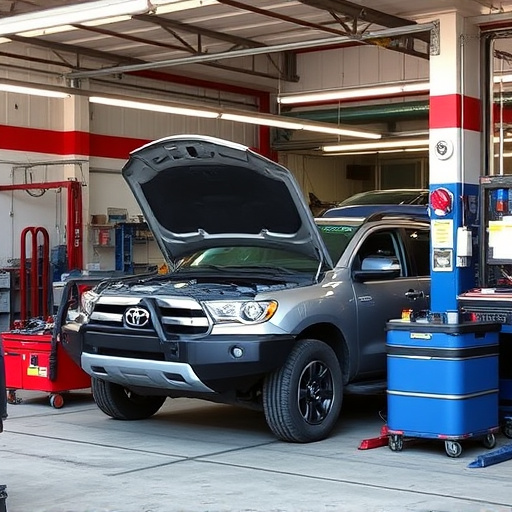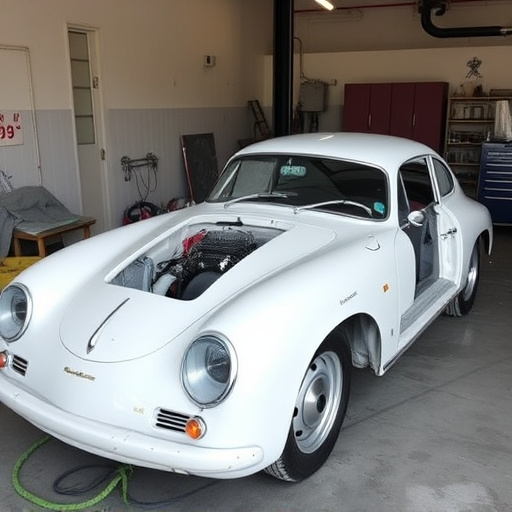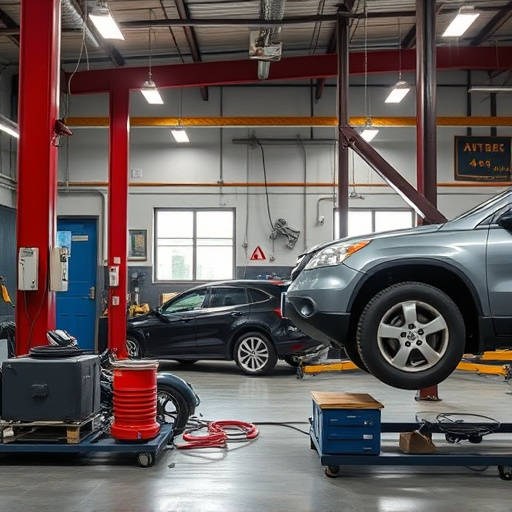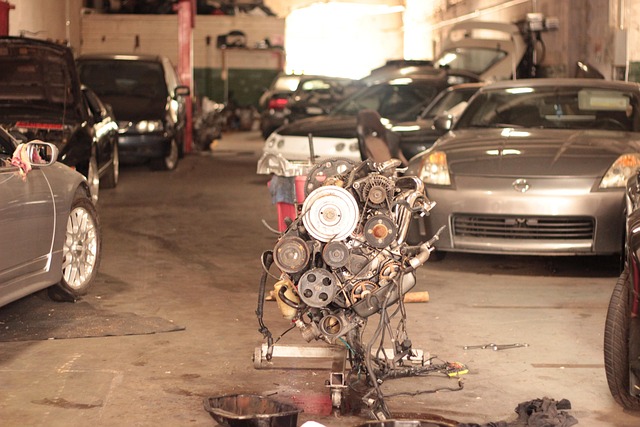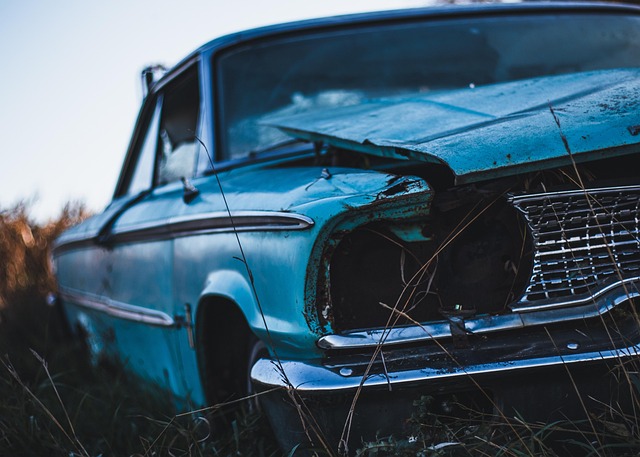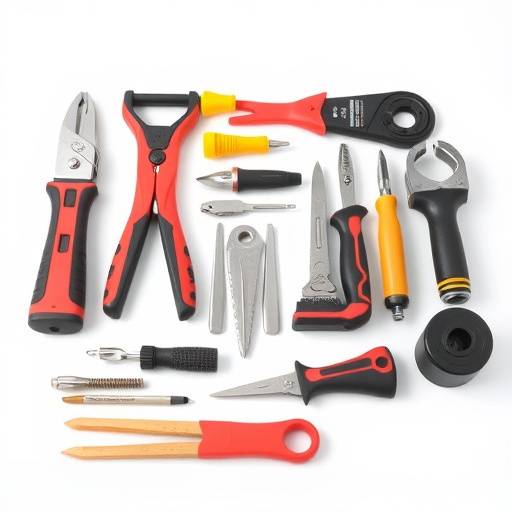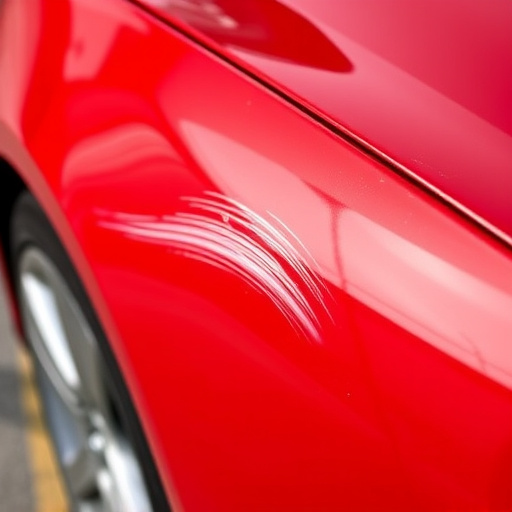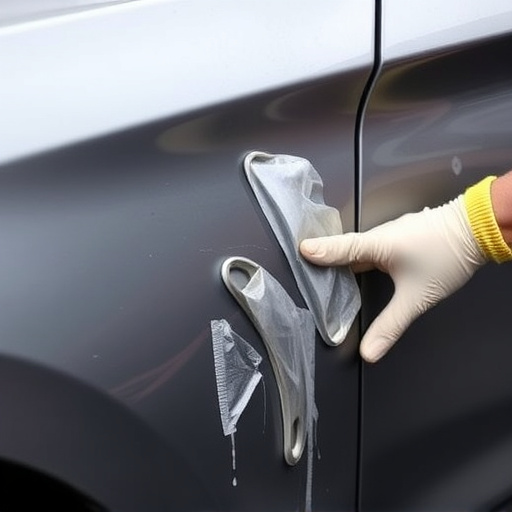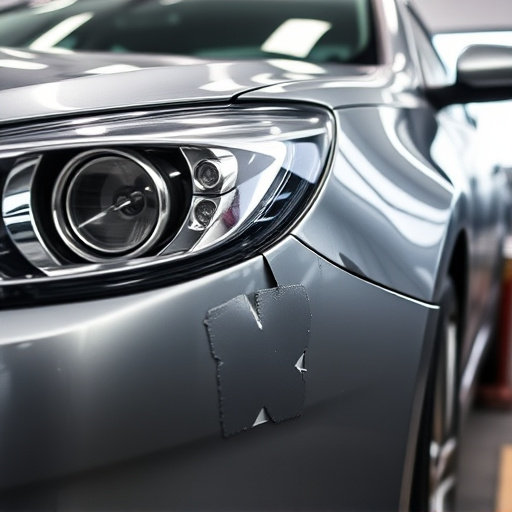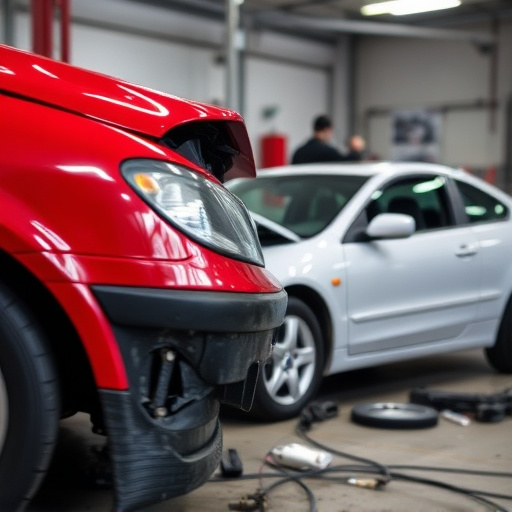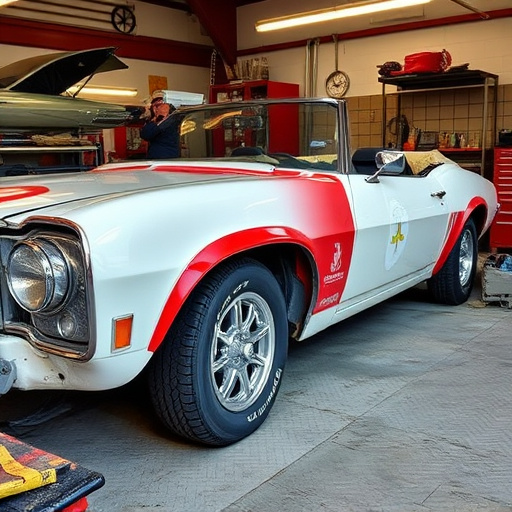Suspension systems are essential for vehicle safety and ride quality. Even minor accidents can cause damage, from bent control arms to misaligned wheels. Prompt suspension repair is crucial to prevent long-term handling issues. Specializing in Mercedes Benz repairs ensures expert assessment and rectification. Immediate actions after an accident include ensuring safety, evaluating visible damage, and avoiding driving until professional inspection. The repair process involves thorough inspection, diagnostic testing, part replacement, careful disassembly/reassembly, and comprehensive testing for safe, precise, and comfortable driving conditions.
Suspended in chaos after an accident? Don’t let damage escalate! Understanding your vehicle’s suspension systems and taking immediate action post-crash is key to preventing long-term complications. This guide navigates the essentials of suspension repair after an accident, from identifying common damages like broken springs and struts to the step-by-step process of effective repairs. Master best practices for a swift return to smooth driving.
- Understanding Suspension Systems and Common Accident Damages
- Immediate Actions After an Accident to Prevent Suspension Complications
- The Process of Effective Suspension Repair: Steps and Best Practices
Understanding Suspension Systems and Common Accident Damages

Suspension systems are a crucial component of any vehicle’s structure, responsible for maintaining stability and ensuring a smooth ride. These intricate networks of springs, shock absorbers, and control arms work together to absorb impacts and keep the vehicle level during movement. Understanding how these systems function is key when considering suspension repair after an accident. Common accidents often result in damages that can range from minor misalignments to severe component failures.
One of the most frequent types of damage involves bent or broken suspension parts, such as control arms, strut towers, and shock absorbers. These components bear the brunt of a collision, especially when high-speed impacts occur. Additionally, severe accidents might lead to issues with wheel alignment, causing uneven tire wear and handling problems. For instance, a fender bender may not seem significant, but it can knock your vehicle’s suspension out of balance, resulting in long-term performance issues if left unaddressed. Auto dent repair is often a quick fix for external damage, but prompt suspension repair after an accident is vital to prevent further complications and ensure safe driving conditions. Consider seeking expert mercedes benz repair services to assess and rectify any suspected suspension damages.
Immediate Actions After an Accident to Prevent Suspension Complications
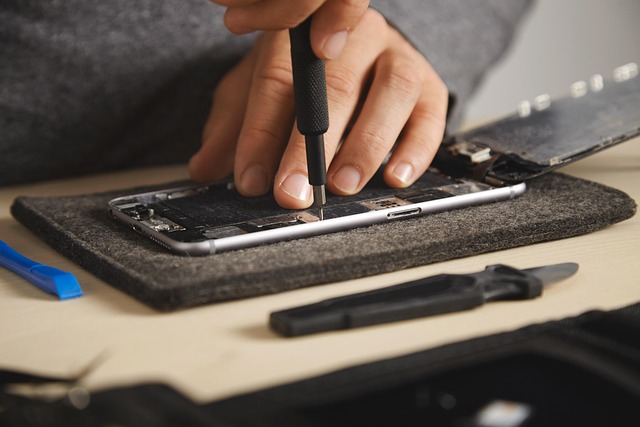
After a car accident, immediate actions can significantly impact the severity of suspension damage and prevent future complications during suspension repair. The initial step is to ensure everyone’s safety by moving to a secure location if necessary. Then, carefully assess the vehicle for any visible signs of damage, especially focusing on the suspension system. If possible, avoid driving the car until a thorough inspection is conducted by professionals.
One of the crucial aspects in suspension repair after an accident is minimizing secondary damage. This includes preventing further strain on the suspension components by avoiding heavy impacts or uneven weight distribution. It’s advisable to consult with experienced mechanics or visit a reputable car body shop for expert advice and auto frame repair services. The goal is to stabilize the vehicle and protect its structure, ensuring that the suspension can be repaired accurately without additional stress or misalignment.
The Process of Effective Suspension Repair: Steps and Best Practices

Effective suspension repair after an accident involves a meticulous process designed to restore safety and handling. It begins with a thorough inspection to identify damaged components. This includes examining the springs, shock absorbers, control arms, and struts for signs of wear or fracture. Advanced diagnostic tools can pinpoint exact issues, ensuring only necessary parts are replaced.
Next, the vehicle is lifted and secured for safe disassembly. Damaged parts are carefully removed and replaced with new or meticulously restored components. For example, a specialist might rebuild a heavily damaged control arm to match factory specifications, enhancing precision and longevity. Once all parts are installed, comprehensive testing ensures the suspension functions seamlessly, ensuring both passenger comfort and vehicle stability on the road. This best practice approach not only prevents further damage but also extends the life of the vehicle’s critical suspension system.
Prompt suspension repair after an accident is crucial in preventing further damage and ensuring safe, reliable vehicle performance. By understanding common accident-related suspension issues and following best practices for immediate actions and effective repair, owners can minimize downtime and restore their vehicles to optimal condition. Remember, swift action is key; don’t delay in addressing suspension repair needs for the sake of your vehicle’s longevity and safety.
